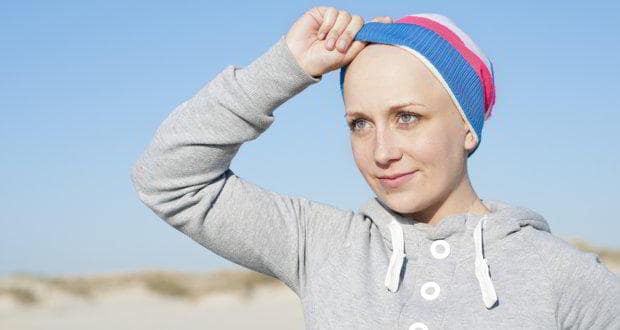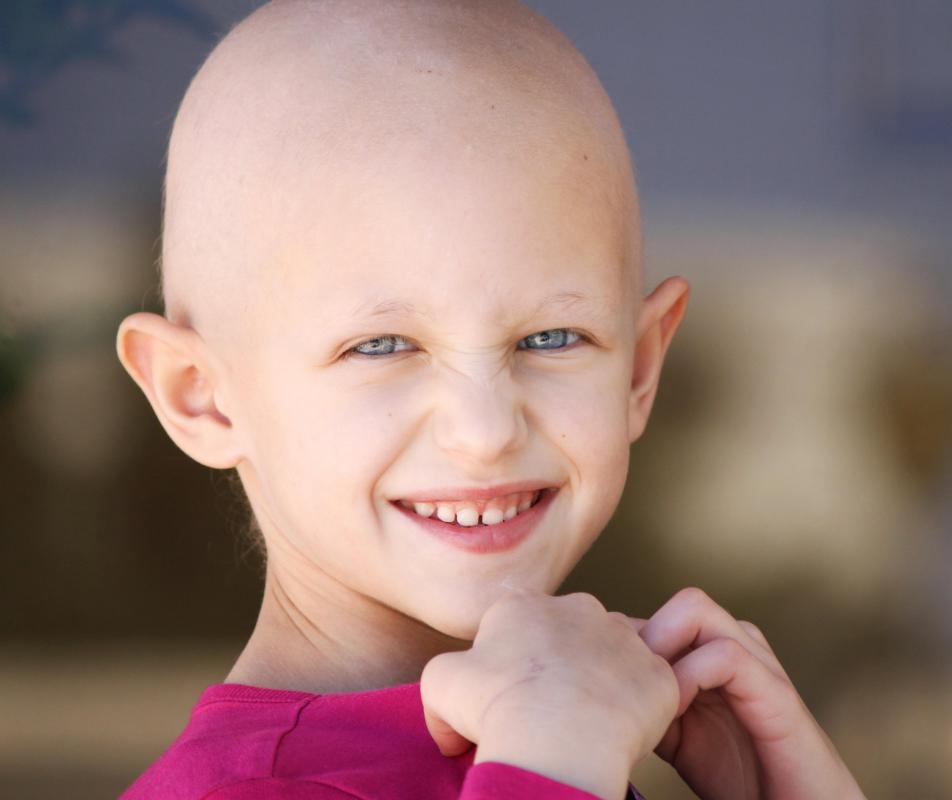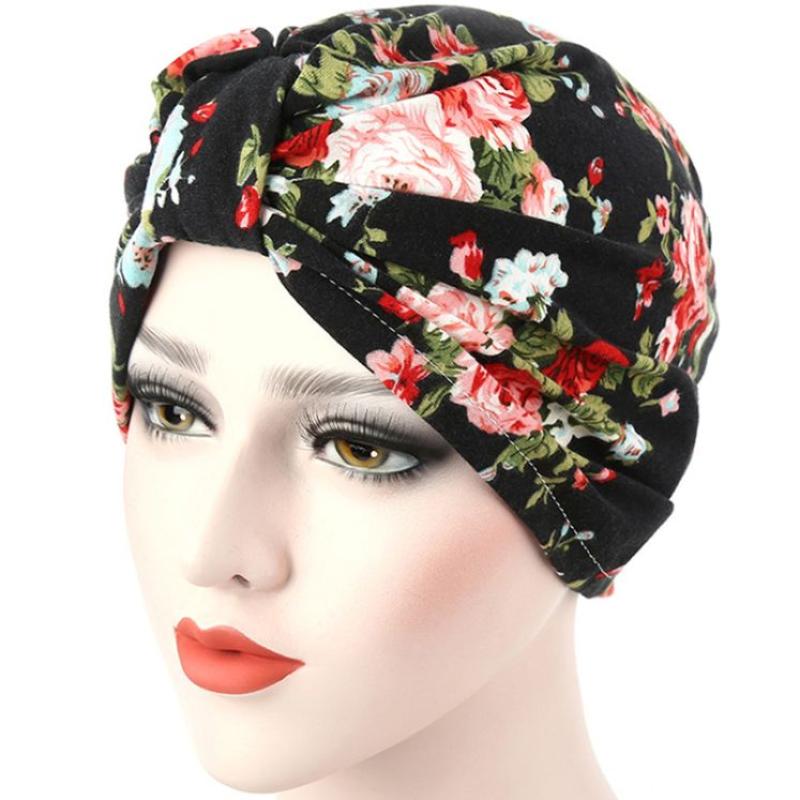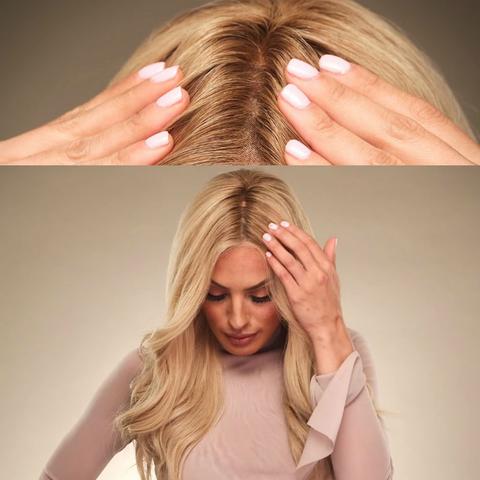Hair loss also called alopecia may be a side effect of chemotherapy targeted therapy radiation therapy or bone marrowstem cell transplants. Hair loss also called alopecia is a side effect of cancer treatments such as chemotherapy and radiation therapy.

5 Methods To Combat Hair Loss After Chemotherapy Thehealthsite Com
Hair loss occurs because chemotherapy targets all rapidly dividing cellshealthy cells as well as cancer cells.

Cancer treatment hair loss. These treatments can cause hair loss by harming the cells that help hair grow. Its normal for both men and women to feel upset about losing their hair. Hair loss may occur throughout the body including the head face arms legs underarms and pubic area.
If youre facing hair loss due to chemotherapy or other cancer treatment get ideas for choosing and wearing wigs hats. Learn how to cope with and manage hair loss. Hair loss occurs because the cells of hair follicles grow quickly which makes them sensitive to the effects of some cancer treatments.
Hair loss can occur with some types of cancer treatment. For a square scarf look for one that is 35 or larger. Cancer treatments can cause hair loss.
It is a common side effect of some types of chemotherapy targeted therapy radiation therapy and bone marrowstem cell transplantation. Your hair loss will continue throughout your treatment and up to a few weeks afterward. Hair follicles the structures in the skin filled with tiny blood vessels that make hair are some of the fastest growing cells in the body.
Hair loss can be caused by chemotherapy radiation therapy hormonal therapy or targeted therapy. If you are coping with hair loss scarves are an attractive and comfortable alternative to wigs and hats. If youre not in cancer treatment your hair follicles divide every 23 to 72 hours.
We have information about wigs hats scalp care and more to help you deal with hair loss. Scarves can be a good investment too because they can be used in so many ways after your hair grows back. Whether your hair thins or you become completely bald will depend on your treatment.
Hair loss or alopecia is caused when treatment damages the cells that help hair grow. Hair grows from tiny dents in the skin called follicles. Each hair grows rests and then falls out.
Here are 12 things you can do while you wait for your locks to grow back. Scarves typically come in either a square or oblong style. Not all drugs that treat cancer cause hair loss but many of them dothe good news is that its almost always temporary.
Hair loss is also called alopecia. Hair may fall out entirely slowly or in. People with cancer report hair loss as a distressing side effect of treatment.
Listen to tips from others who have experienced hair loss. It helps to know that hair grows back and you can take steps to make its loss less of problem for you. When we are healthy about 90 of our hair is at the growing stage of this cycle.

How To Address Hair Loss After Breast Cancer Treatment Kansas

Hair Loss And Cancer Treatment How To Prevent Hair Loss After

This Hair Loss Gene Could Help Improve Cancer Treatment Health

Short Film That Deals With Cancer Treatment Hair Loss Nominated

Chemotherapy Hair Loss Cancer Treatment Stock Photo Edit Now

What Causes Chemotherapy Hair Loss With Pictures

How A Cooling Cap Could Change Breast Cancer Treatment Cbs News

Hair Loss After Blood Cancer Treatment Explanation

Effective Ways To Cope With Hair Loss During Cancer Treatment

Dealing With Cancer Therapy Hair Loss University Of Iowa

Hair Loss During Cancer Treatment What To Expect Methodist

Graphic Print Thin Beanie Hat For Cancer Chemo Alopecia Hair Loss

Jual Bluelans Women Muslim Stretch Turban Hat Cancer Chemo Cap

Taxotere Side Effects May Include Permanent Chemotherapy Hair Loss

Researchers Explain Science Behind Scalp Cooling And Hair Loss In

Dealing With Hair Loss After A Cancer Treatment

Impact Of Vitamins Supplements And Diet On Cancer Treatment

Chemotherapy And Hair Loss Side Effects From Breast Cancer
